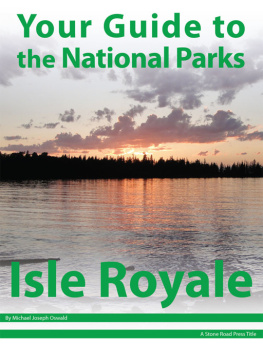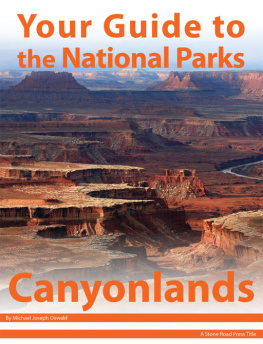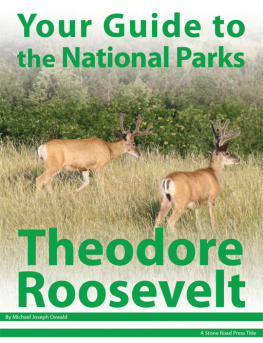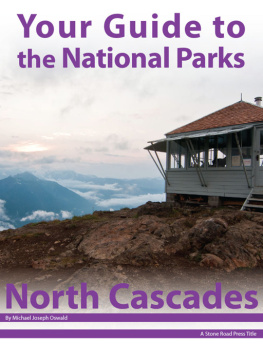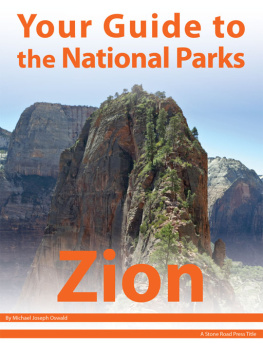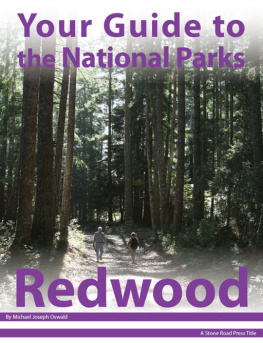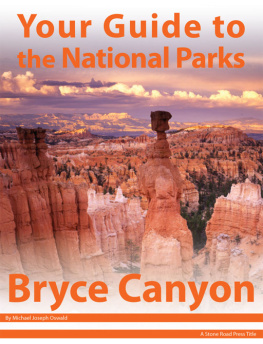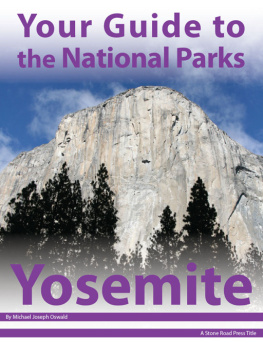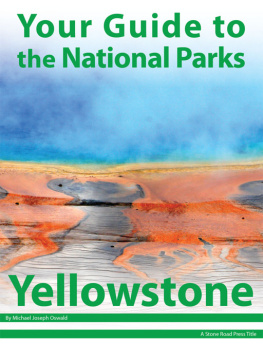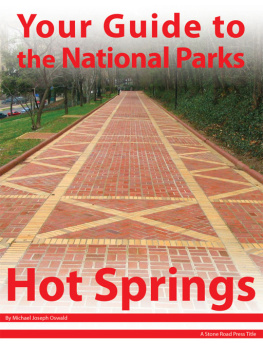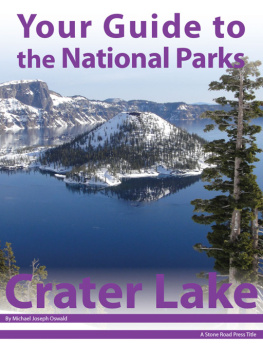Your Guide to Isle Royale National Park, First Edition (electronic)
ISBN: 978-1-62128-010-1
Published by: Stone Road Press
Author/Cartographer/Photographer/Designer: Michael Joseph Oswald
Editor: Derek Pankratz
Copyright 2012 Stone Road Press, LLC, Whitelaw, Wisconsin. All rights reserved. No part of this publication may be reproduced, stored in a retrieval system or transmitted in any form or by any means, electronic, mechanical, photocopying, recording, scanning or otherwise without written permission of the Publisher. Requests for permission should be addressed to Stone Road Press; c/o Michael Oswald; 4927 Stone Road; Whitelaw, WI 54247.
The entire work, Your Guide to the National Parks is available in paperback and electronic versions. Content that appears in print may not be available electronically.
Paperback ISBN: 978-1-62128-000-2
Library of Congress Control Number (LCCN): 2012934277
Printed in the United States of America
E-Book ISBN: 978-1-62128-065-1
Corrections/Contact
This guide book has been researched and written with the greatest attention to detail in order to provide you with the most accurate and pertinent information. Unfortunately, travel informationespecially pricingis subject to change and inadvertent errors and omissions do occur. Should you encounter a change, error, or omission while using this guide book, wed like to hear about it. (If you found a wonderful place, trail, or activity not mentioned, wed love to hear about that too.) Please contact us by sending an e-mail to . Your contributions will help make future editions better than the last.
You can contact us online at www.StoneRoadPress.com or follow us on
Facebook: www.facebook.com/thestoneroadpress
Twitter: www.twitter.com/stoneroadpress (@stoneroadpress)
Flickr: www.flickr.com/photos/stoneroadpress
FAQs
The world of electronic media is not cut and dry like print. Devices handle files differently. Users have a variety of expectations. These e-books are image- and map-intensive, requiring fairly powerful hardware. All books were tested for use on the Kindle Fire, Nook Tablet, and iPad. You can expect to have the best user experience on one of these devices, or a similar tablet, laptop, or desktop. In the event you have issues please peruse our Frequently Asked Questions (.
Maps
Numerous map layouts were explored while developing this e-book, but in the end it was decided that the most useful map is a complete one. Unfortunately, due to file size concerns and e-reader hardware limitations, some maps included in this guide book are below our usual high standards of quality (even using zoom features). As a workaround all of this books maps are available in pdf format by clicking the link below each map or visiting www.stoneroadpress.com/national-parks/maps .
Disclaimer
Your safety is important to us. If any activity is beyond your ability or threatened by forces outside your control, do not attempt it. The maps in this book, although accurate and to scale, are not intended for hiking. Serious hikers should purchase a detailed, waterproof, topographical map. It is also suggested that you write or call in advance to confirm information when it matters most.
The primary purpose of this guide book is to enhance our readers national park experiences, but the author, editor, and publisher cannot be held responsible for any experiences while traveling.
Isle Royale - Introduction

Looking out over the Canada US border from the top of Mount Franklin
Isle Royale, born of fire, sculpted by glaciers, nearly drowned in water, is a wilderness wonderland left mostly unaltered by mans creations. Millions of years ago this archipelago of about 400 islands was formed by what scientists believe to have been the worlds largest lava flow. An amount of lava so immense that the earths surface sunk under its weight, forming the Superior basin. As the basin formed, Isle Royale began to rise and tilt. Today, effects of this ancient geologic activity can still be seen in Isle Royales ridgelines. The northwest ridges are generally steep and rugged, because the lagging edge ripped away from the crust. The leading edge (southeast slope) is more gradual, as it faces the point of compression.
About 10,000 years ago the last glacier to reach Lake Superior receded. As it scraped the islands ridgelines, pulverizing rock, a thin layer of soil was left behind. As the glacier melted, Isle Royale appeared and water poured into Lake Superior. Wind and water brought plant life to the island. Birds and insects arrived. Moose and caribou swam 15 miles from Canadas shoreline. An unseasonably cold winter allowed wolves to reach the island by crossing a frozen sheet of ice.
The trip to these remote islands, while not nearly as difficult as it was for plants and animals, is still challenging for humans. Isle Royale remains untethered to the mainland, completely inaccessible to motorists. The only way to reach the park is by boat or seaplane. Diehard backpackers and paddlers make the trip across Lake Superior to immerse themselves in something increasingly scarce: undeveloped wilderness.
Long before tourists stepped foot on the island, Indians were exploring its ridges and shorelines. Thousands of shallow pits indicate they were mining copper here more than 4,000 years ago. They continued to mine for some 1,500 years, but no one knows why. Benjamin Franklin was well aware of the minerals value. Some historians believe Franklin insisted the Treaty of Paris draw the border between a newly formed United States and Englands Canada north of Isle Royale because of its copper. By the 1920s, lumber and mining companieshaving exhausted nearly all the dollarable resources of Michigans mainlandeyed the islands trees and minerals. Albert Stoll , a journalist for the Detroit News, wanted to preserve what commercial interests sought to exploit. Inspired by Stolls passion and enthusiasm, the Detroit News backed his interest and launched a decade-long campaign to protect the region as a national park. In 1931 the federal government acted upon their pleas. President Herbert Hoover signed into law a bill creating Isle Royale National Park, provided no federal funds were used to acquire land. Timing couldnt have been worse as the economy was reeling during the Great Depression and money was hard to come by. President Franklin D. Roosevelt ignored the federal mandate and steered funds from the New Deal to buy land for the park, preserving one of the most majestic and undeveloped regions of the contiguous United States.
Backpacking (ISRO)
Isle Royale is one of the premier backpacking parks in the United States. For starters, its nearly impossible to get seriously lost. The island is roughly 45 miles long and 9 miles wide; unless youre walking in circles, you can only go so far.
Greenstone Ridge , commonly referred to as The Greenstone, follows the spine of the island and is the most notable long-distance hiking trail at Isle Royale. There arent any campsites located directly on its 42-mile length, but several short spur trails lead to more secluded camping locations. It is reasonable to cover the entire length of the trail from Lookout Louise to Windigo in 3 days, camping at Chickenbone Lake and Lake Desor. However, plan a longer trip allowing more time to explore the many bays and lakes and to wait out bad weather (if needed).
Running parallel to The Greenstone is Minong Ridge Trail . It covers 26 miles of wild and rugged terrain, and is much more difficult to traverse than its well-maintained counterpart. The challenge, abundance of wildlife, and lack of hikers attract backpackers to Minong, but these adventurous souls are few and far between. You have a better chance of spotting moose than another hiker. Just dont get lost while looking for wildlife; pay close attention to the cairns lining the barren ridgelines. Also, watch where you step because the terrain is rugged and the trail is undeveloped, lacking bridges and walkways that are integrated into most of Isle Royales other trails. Minong Trail is best hiked from east to west (McCargoe Cove to Windigo). Voyageur II makes scheduled stops at McCargoe Cove. You can also hike in or take a water-taxi.
Next page
